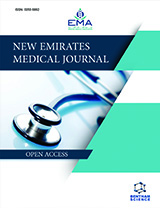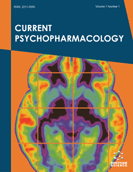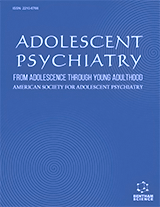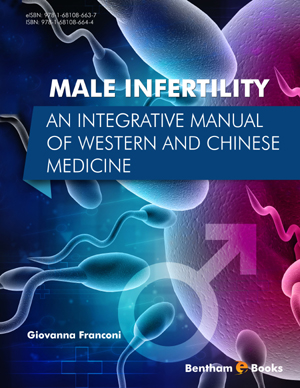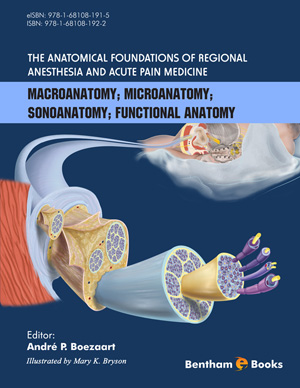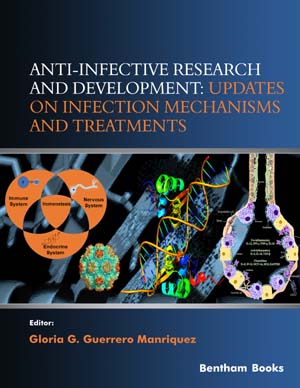Abstract
Accumulation of β-amyloid (Aβ) peptide in the brain is suggested to play a key role in the pathogenesis of Alzheimer’s disease (AD). Both the inherited familial and the sporadic forms of AD are characterized by increased levels of Aβ42. Incubation of cells with synthetic Aβ or administration of this peptide to animals is also associated with cellular degeneration. Currently, the mechanisms by which Aβ accumulates as well as the mechanisms that underlie Aβ-induced neurodegeneration in AD are not fully understood. Aβ is generated in part in the endoplasmic reticulum of neurons, degraded chiefely by the insulin degrading enzyme, and cleared out of the brain primarily by the low-density lipoprotein receptor-related protein. Stress in the endoplasmic reticulum can affect the processes involved in Aβ generation, degradation, and clearance, thus resulting in increased levels of this peptide in the brain. In this chapter, first, supportive data of role of disturbances in the endoplasmic reticulum homeostasis as an underlying mechanism of Aβ accumulation will be provided. Second, evidence from in vitro and in vivo studies showing that the endoplasmic reticulum is a target organelle for exogenous Aβ will be demonstrated. When applied to cells or administered to animals Aβ triggers endoplasmic reticulum stress that is ultimately deleterious to cells. Collectively, data from AD brains, animal models for AD, and in vitro studies converge to present compelling evidence that the endoplasmic reticulum stress is relevant to the pathogenesis of AD.








